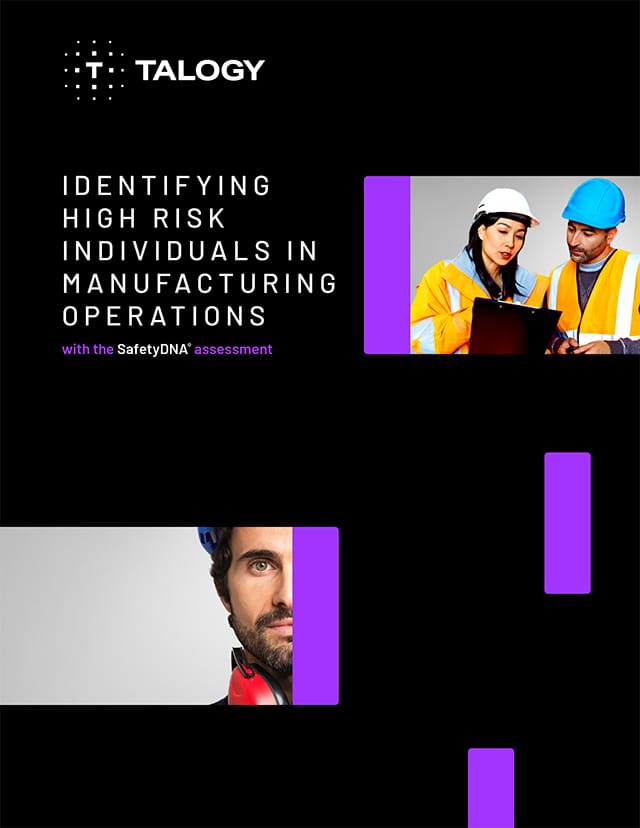Written by Esteban Tristan, Ph.D., Director of Corporate Safety Solution
If you’re honest with yourself, where is your company currently in terms of its safety journey?
- What does your safety management system look like?
- What type of leading indicators does your organisation use to assess risk?
- Are you mostly using traditional approaches and tools that look at external risk?
- How does your safety management system account for individual differences in attitudes or abilities that impact safety?
There are many different stages along the journey to safety excellence, and each has its successes and challenges. One unique organisation that is moving along this journey is the Port of Corpus Christi Authority – which runs one of America’s largest ports in terms of total tonnage. With roles ranging from maintenance technicians to police officers, this organisation’s employees work in a variety of jobs, each with their own unique risks and hazards.
While safety has always been a top priority for the Port Authority, it has recently taken steps to build further upon its existing safety systems by implementing more progressive elements and using more leading indicators of safety. It is going beyond its foundational processes such as training, safety meetings and risk assessment tools by using psychological assessments to measure individual’s SafetyDNA traits and supervisors’ safety leadership behaviours. Coupled with data from safety climate perceptions surveys, these data provide the Port Authority with unique and valuable leading indicators of safety that have helped to make safety more personal for its employees.
On June 1st, 2017, we hosted a webinar to discuss how this organisation is using this research-based approach to help supervisors improve safety leadership skills and promote safer behaviours amongst its workforce.
During the webinar, topics included:
- Strategy and lessons learned on moving beyond foundational/traditional safety systems to a more progressive safety culture.
- The key psychological factors that predict at-risk behaviour, as well as the safety leadership traits that predict team incident rates.
- Examples of how SafetyDNA factors influence safety behaviours in an organisation with very different types of jobs and exposures.
- Best practices for using psychometric assessment data during coaching, training and on-the-job feedback interactions in order to reduce exposure to risk across the organisation.
- Practical ways to embed this leading indicator data into everyday safety management systems, such as safety training, risk assessments, job planning, incident reporting and root cause analysis.




